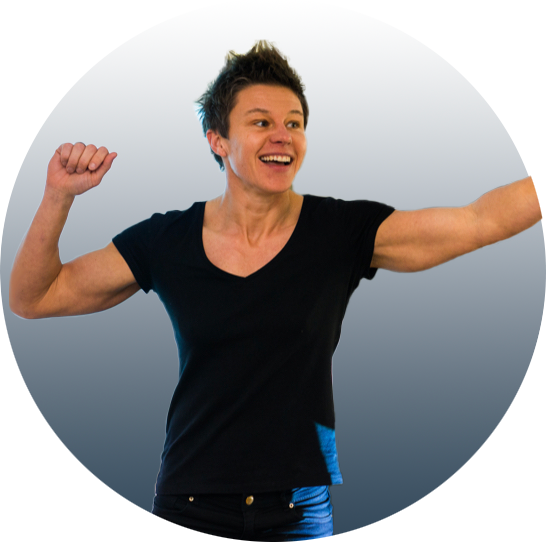
Complete the quiz after you’ve finished the Masterclass to get your certificate.

0 of 5 Questions completed
Questions:
You have already completed the quiz before. Hence you can not start it again.
Quiz is loading…
You must sign in or sign up to start the quiz.
You must first complete the following:
0 of 5 Questions answered correctly
Time has elapsed
You have reached 0 of 0 point(s), (0)
Earned Point(s): 0 of 0, (0)
0 Essay(s) Pending (Possible Point(s): 0)
We’re sorry. You’ve not answered all questions correctly. Please try again in order to receive your certificate.
Well done! You’ve passed this Masterclass.
The repeated-bout effect refers to:
A single episode of high-intensity eccentric exercise can cause:
If a rightward shift fo the length-tension relationship occurs, muscles become relatively stronger at longer muscle lengths.
Sub-maximal eccentric contractions and maximal isometric isometric contractions have been shown to protect against symptoms of muscle damage caused by a subsequent bout of high-intensity eccentric exercise.
The intensity and volume of the initial bout of exercise will influence the length of protection afforded against a subsequent bout of eccentric exercise.

If you wish to contact the tutor please reach out via

Tutor:

What the repeated-bout effect actually IS & how to use it
Template of virtual analogue scale to use in to assess DOMS
The Masterclass is separated into 4 manageable chunks
A 1h 20m Masterclass on muscle damage and the
Access to 4 peer-reviewed published papers
Immediately implementable strategies and protocols to use with your patients/athletes
Worksheets of tasks & reflective practice
Post-class test and CPD certificate upon completion
Tutor:

Mastering Scientific Principles
Exercise-Stress
Adjuncts and Technology
Fuelling Rehabilitation
Assessing Performance
Non-Contractile Tissue
Populations
Terms & Conditions • Privacy Policy
Keep up to date with the latest in strength, conditioning & rehabilitation AND receive a FREE Strength & Conditioning Guide.
We won’t spam!